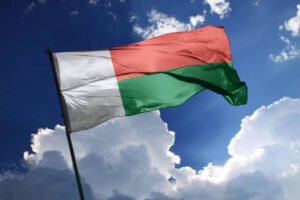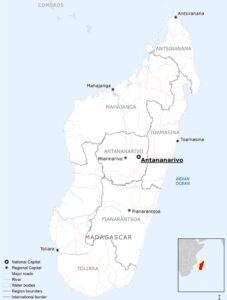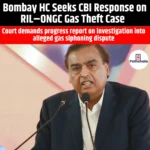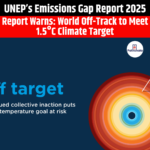Madagascar President Escapes Amid Military Uprising
|
General Studies Paper II: Effect of Policies & Politics of Countries on India’s Interests |
Why in News?
Recently, President of Madagascar Andry Rajoelina fled the country and escaped to an undisclosed location, fearing for his life after a sudden military uprising. This sudden situation raises concerns about political stability and the future direction of Madagascar’s governance.
Background of the Military Uprising in Madagascar
- On September 25, 2025 a widespread protest was begun in Madagascar’s capital, Antananarivo, sparked by frequent power and water shortages. These shortages had become a persistent issue but the government’s inability to address these basic needs led to public frustration and unrest.
- In an attempt to quell the protests, President Rajoelina dismissed Prime Minister Christian Ntsay on September 29, 2025. But this action failed to satisfy the protests, who continued to demand more substantial changes.
- On October 12, 2025, the CAPSAT unit, a key military faction that had previously supported Rajoelina’s rise to power in 2009, joined the protests. The unit’s involvement marked a significant turning point, as they called on other military factions to join their cause.
- By the end of October 12, 2025, CAPSAT had taken control of Antananarivo with minimal resistance and General Demosthene Pikulas was appointed as the new Chief of Armed Forces. These actions signaled a shift in power.
- Amid this escalating crisis, President Rajoelina fled Madagascar on October 13, 2025, citing threats to his life. He was evacuated via a French military aircraft. He condemned the actions as an illegal power grab but stopped short of resigning.
Who is President Andry Rajoelina?
- Andry Rajoelina was born on May 30, 1974, in Antananarivo, Madagascar.
- He is a businessman-turned-politician who initially gained prominence as the mayor of Antananarivo in 2007.
- Rajoelina first assumed national leadership during the 2009 political crisis, when he seized power after a military-backed transition.
- He led the High Transitional Authority and governed until 2014, when Hery Rajaonarimampianina was elected president.
- In 2018, Rajoelina returned to power through a democratic election, winning the presidency again with broad support.
- His leadership has been marked by efforts to modernize infrastructure and attract foreign investment, particularly in energy and technology sectors.
- His administration has faced criticism for corruption allegations, economic mismanagement, and failure to address public service deficits.
Reasons Behind the Military Rebellion in Madagascar
- Political Instability: Madagascar has experienced political instability since the return to electoral politics in 2013. The 2023 election was marred by low turnout and a significant opposition boycott, raising questions about the legitimacy of the electoral process. Government corruption and a lack of accountability persist, with authorities denying permits for demonstrations and dispersing some that occurred. Lawlessness and poverty are persistent, particularly in the south, highlighting the state’s inability to maintain order and address citizens’ concerns.
- Economic Hardships: The economic situation in Madagascar has been dire, with most citizens living on less than $2.15 a day. The country has struggled with economic recessions exacerbated by the effects of the COVID-19 pandemic, the conflict in Ukraine, and the persistence of climatic shocks. These events have underscored the nation’s economic vulnerability and its reliance on foreign support. High inflation and an entrenched food crisis, resulting from external supply shocks have further strained the population.
- Youth Disillusionment: The protests in October 2025 were largely driven by Generation Z, who were disillusioned with the government’s inability to address their needs. The youth-led protests mirrored similar global movements in Morocco, Peru, and Nepal, unified by economic hardship and disillusionment with political elites. The protests also took on anti-colonial tones, with demonstrators criticizing President Rajoelina’s ties to France.
Historical Political Crises in Madagascar
- Following independence in 1960, Madagascar grappled with political instability. In 1972, President Philibert Tsiranana faced a popular uprising, leading to his resignation. This event marked the beginning of military involvement in politics. In 1975, Didier Ratsiraka, a naval officer, seized power through a coup, establishing a socialist regime that lasted until 1991.
- In 1991, widespread protests erupted against President Didier Ratsiraka’s autocratic rule. The movement, inspired by global democratic trends, demanded free elections and political reforms. By 1992, under mounting pressure, Ratsiraka agreed to a new constitution and a transition to democratic governance, leading to Albert Zafy assuming the presidency in 1993.
- The 2001 presidential election between Didier Ratsiraka and Marc Ravalomanana was marred by allegations of fraud. Both candidates declared victory, leading to a political standoff. At the end, international mediation led to a power-sharing agreement, with Ravalomanana assuming the presidency in 2002.
- In early 2009, tensions between President Marc Ravalomanana and opposition leader Andry Rajoelina escalated after the government’s closure of a private television station owned by Rajoelina sparked mass protests. On March 17, 2009, the military intervened and forced Ravalomanana to resign and flee the country. Rajoelina declared himself president, leading to international condemnation and sanctions.
About the Influential CAPSAT Military Unit
The CAPSAT (Commandement des Actions de Sécurité Périodiques et Antiterroristes) unit is an elite counterterrorism and special operations force within the Malagasy Armed Forces. It is formally known as the Special Anti-Terrorist Command Unit, established to maintain internal security and respond to high-risk threats. The unit operates under a hierarchical command structure, with leadership appointments often influenced by political dynamics.
Let’s Explore in Detail about Madagascar
- Madagascar is the fourth largest island in the world, located in the Indian Ocean off the southeastern coast of Africa.
- It spans approximately 592,800 square kilometers and separated from mainland Africa for about 160 million years, it evolved a unique ecosystem.
- As of 2025, Madagascar’s population is estimated at approximately 32.7 million people.
- The capital city, Antananarivo, is the largest urban center serving as the political, economic, and cultural hub.
- The population density is about 56 people per square kilometer, with a significant portion residing in rural areas.
- Madagascar’s economy is classified as a low-income, least-developed economy, with a nominal GDP of $18.71 billion and a PPP GDP of $64.24 billion as of 2025.
- The country’s economy is primarily based on agriculture, which accounts for about 24% of GDP and employs approximately 80% of the population. They export vanilla, coffee, shellfish, and textiles mainly.
- The country faces challenges such as high poverty rates, infrastructure deficits, and vulnerability to climate change, which impact its economic development.
|
Also Read: Thailand’s Ex-PM Thaksin Shinawatra leaves Country amid Turmoil |

